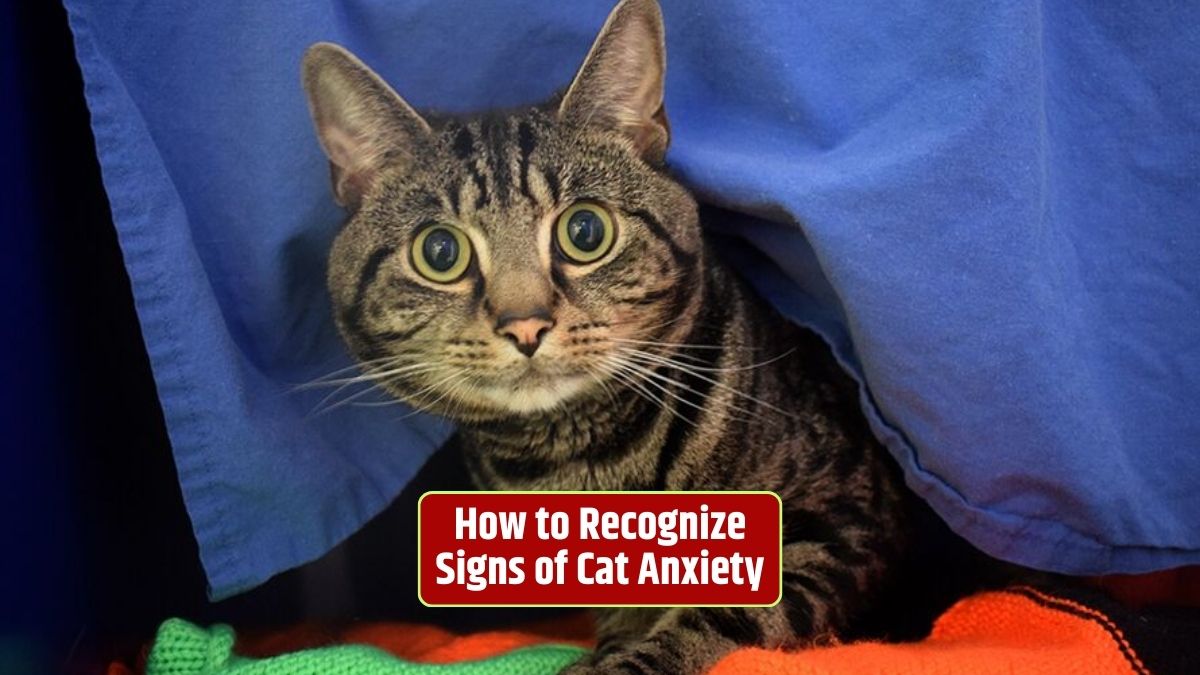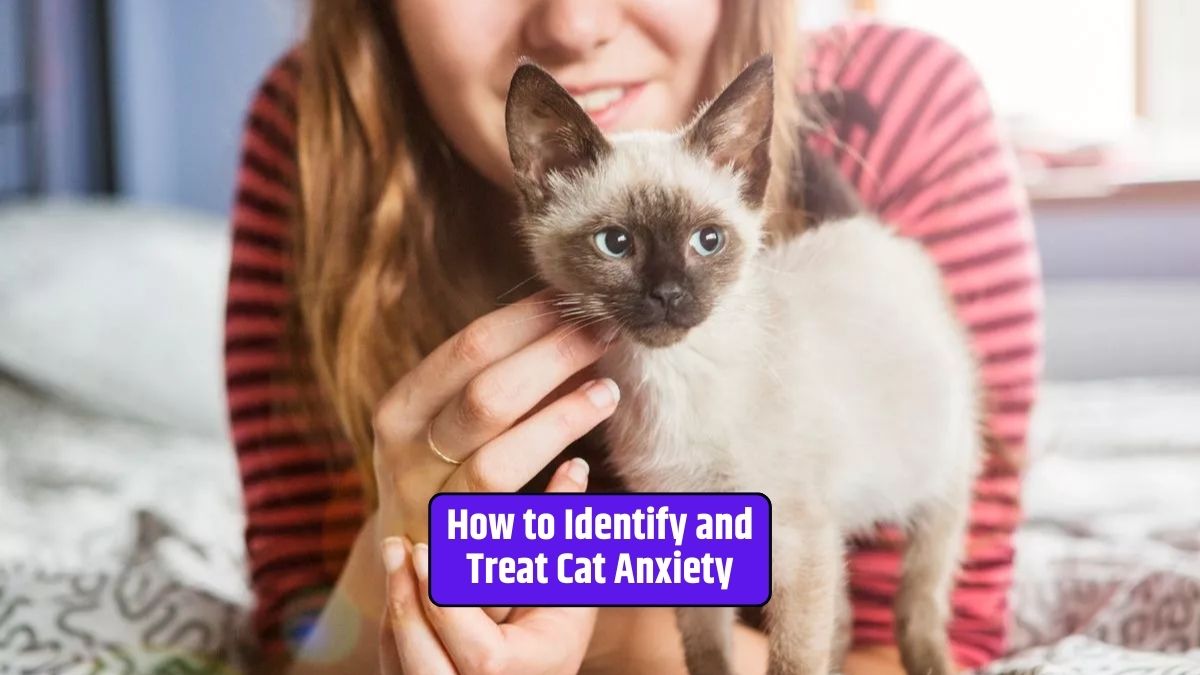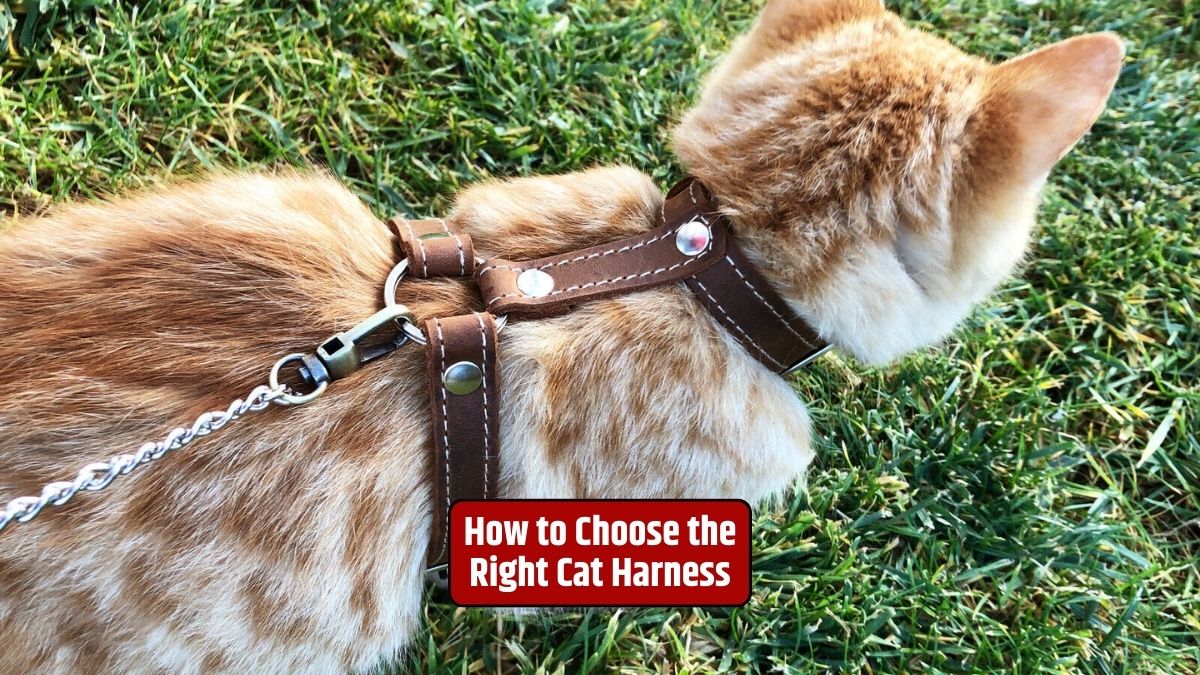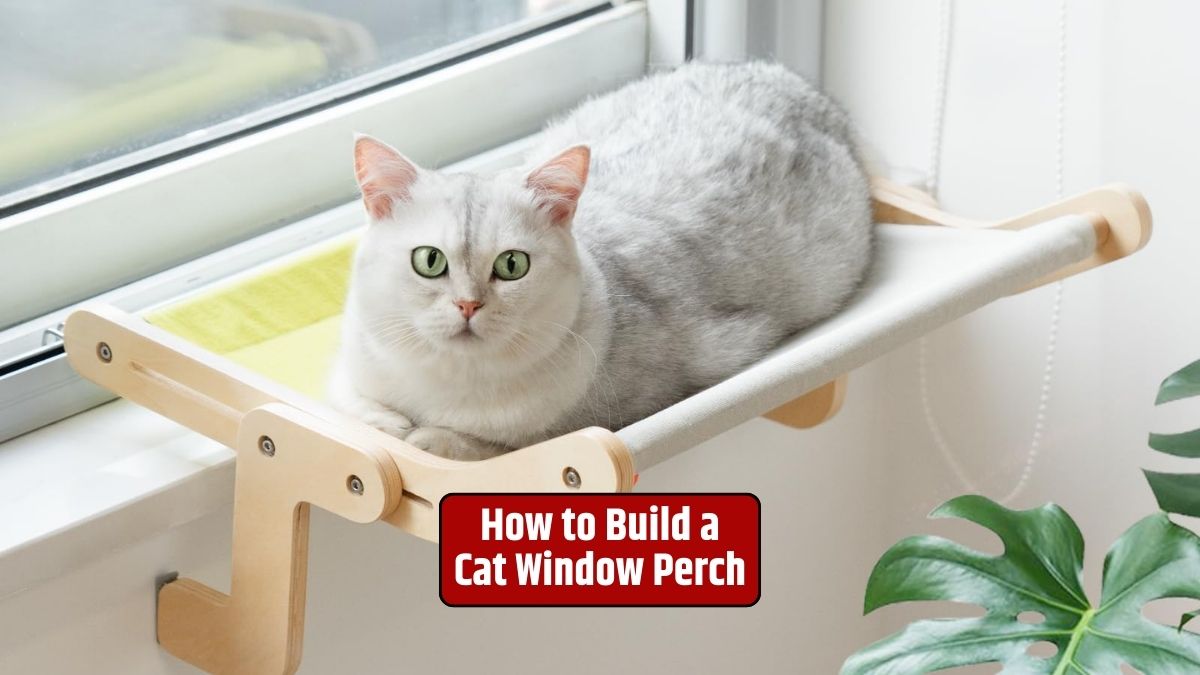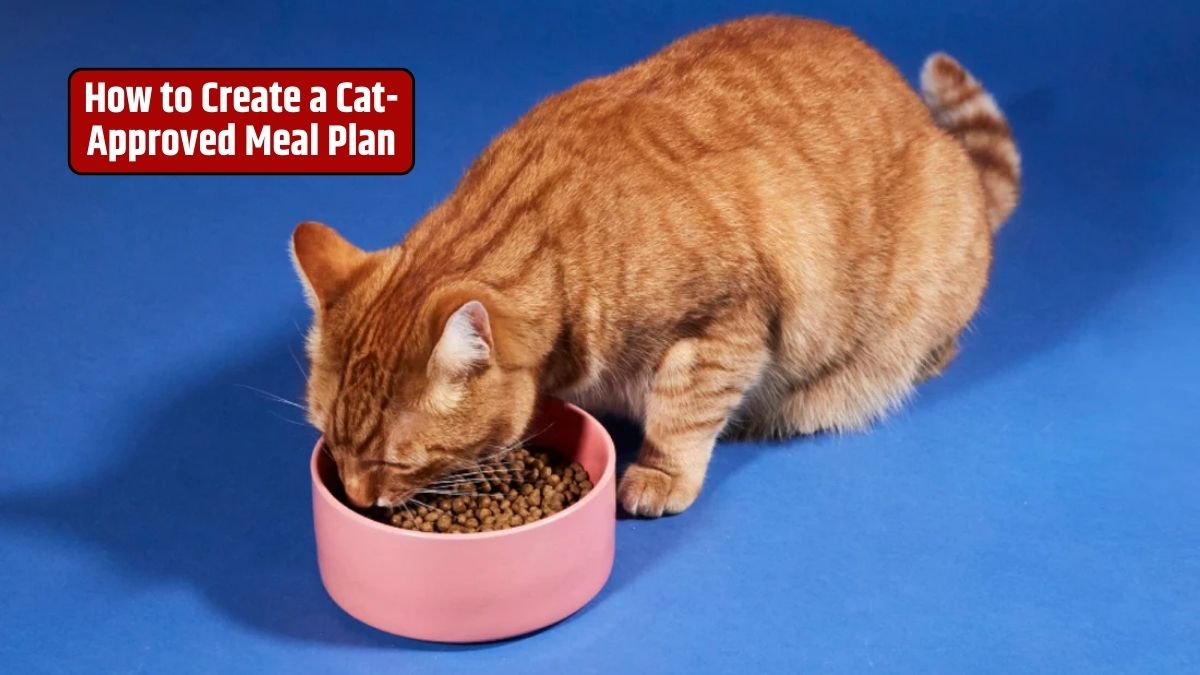Cats are known for their independent and enigmatic nature, but like humans, they can experience anxiety. Cat anxiety can manifest in various ways, and as responsible pet owners, it’s essential to recognize the signs and help our feline companions feel more secure and comfortable.
In this article, we’ll explore the common signs of cat anxiety, understand the potential causes, and provide insights into how to address and alleviate anxiety in our beloved cats.
Behavioral Changes
One of the most noticeable signs of cat anxiety is a change in behavior. You may observe your cat becoming more withdrawn, avoiding interaction, or displaying aggressive behavior, such as hissing or growling. These changes often indicate that something is causing stress or discomfort.
Overgrooming
Cats are known for their meticulous grooming habits, but when they start grooming excessively, it can be a sign of anxiety. Overgrooming can lead to bald patches or irritated skin. Pay attention to changes in your cat’s grooming routine.
Urinary Issues
Anxiety can lead to urinary problems in cats. This may manifest as urinating outside the litter box or in unusual places. If your cat suddenly starts having accidents, it could be a sign of stress.
Restlessness
An anxious cat may appear agitated, constantly moving from one place to another. Restlessness, pacing, and an inability to settle down can be signs of inner turmoil.
Changes in Appetite
Cat anxiety can also affect their eating habits. You might notice a decrease in appetite or, conversely, increased eating. Both can be indicators of emotional distress.
Vocalization
Excessive meowing, yowling, or other vocalizations that deviate from your cat’s usual communication can indicate anxiety. Cats may vocalize more when they’re feeling uneasy or stressed.
Cat Anxiety
Recognizing the signs of anxiety is the first step to helping your cat feel better. Here are some strategies to address and alleviate cat anxiety:
- Create a Calm Environment: Provide a safe and quiet space for your cat to retreat to when they feel anxious.
- Routine and Consistency: Cats thrive on routine. Try to maintain a consistent schedule for feeding, playtime, and other activities.
- Positive Reinforcement: Use positive reinforcement to reward calm and confident behavior.
- Interactive Toys: Engage your cat with interactive toys to stimulate their mind and provide mental enrichment.
- Consult a Veterinarian: If your cat’s anxiety is severe or persistent, consult a veterinarian who can offer professional guidance and potential medications.
Conclusion
In conclusion, recognizing the signs of cat anxiety is crucial to providing the best care for your feline friend. Anxiety in cats can manifest in various ways, from behavioral changes to excessive grooming and urinary problems.
By understanding these signs and taking proactive steps to address anxiety, you can help your cat live a happier and more content life.
FAQs
Can cats suffer from separation anxiety?
Yes, cats can experience separation anxiety when they’re separated from their owners for extended periods. This can lead to distress and behavioral changes.
What are common causes of cat anxiety?
Common causes of cat anxiety include changes in the environment, new additions to the household, loud noises, and visits to the veterinarian.
How can I create a cat-friendly environment to reduce anxiety?
Providing cozy hiding spots, vertical spaces for climbing, and a regular routine can create a cat-friendly environment that reduces anxiety.
Can anxiety be a sign of an underlying health issue in cats?
Yes, in some cases, anxiety may be a symptom of an underlying medical problem. If you’re concerned about your cat’s behavior, it’s a good idea to consult a veterinarian.
Are there natural remedies for cat anxiety?
Some natural remedies, such as pheromone diffusers and herbal supplements, can help alleviate cat anxiety. Consult your veterinarian for advice on these options.
